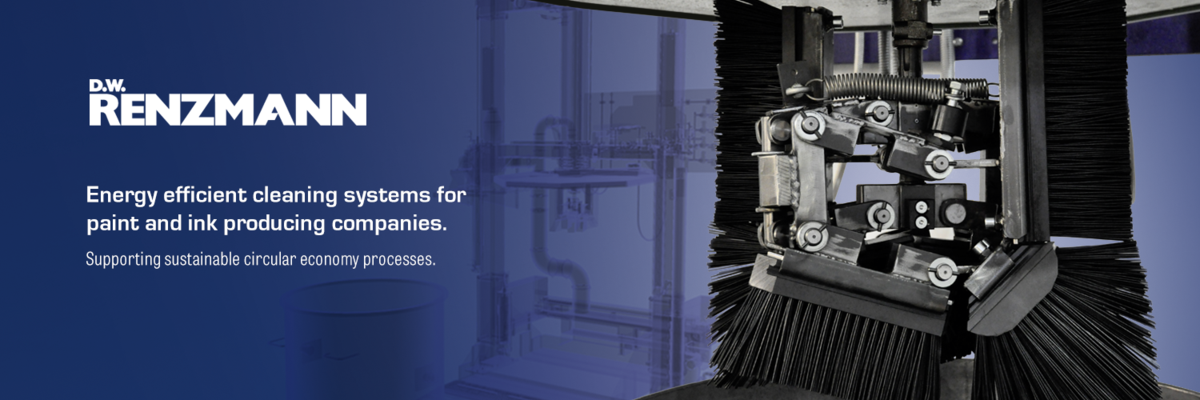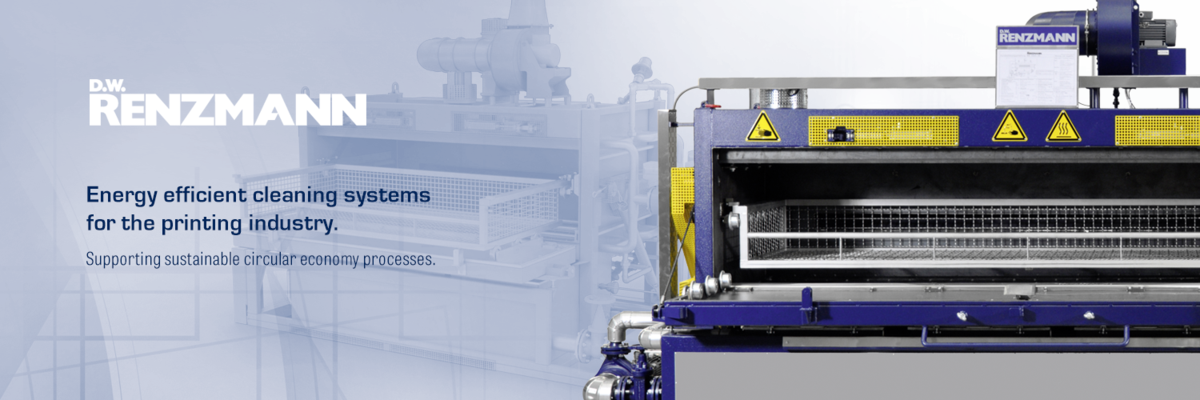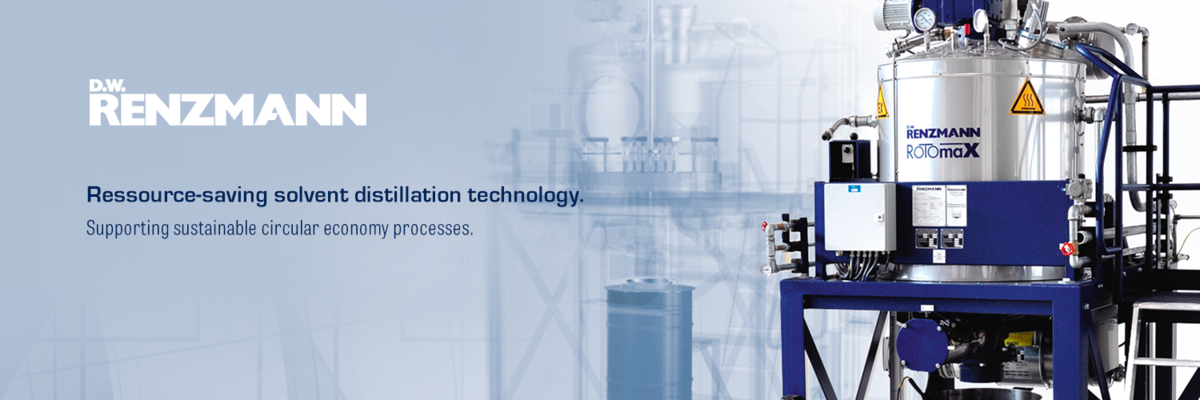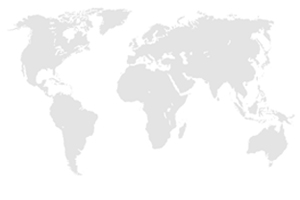The potential hazards of cleaning equipment that is operated with flammable liquids, and the required precautions, are described in EN 12921-3 "Machines for surface cleaning and pretreatment of industrial items using liquids or vapours – Part 3: Safety of machines using flammable cleaning liquids". According to this standard, the spraying of solvent with a pressure > 0.7 bar permanently/regularly generates potentially explosive steam/air and aerosol/air mixtures corresponding to zone 0 inside the machine, regardless of the solvent's flash point ...
Leaks at the washing machine and residual solvent on the washed parts may also form an explosive atmosphere outside the machine; consequently, the surroundings of the machine must be classified as zone 1 (occasional presence of an explosive atmosphere) or zone 2 (rare presence of an explosive atmosphere). The spread and probability of occurrence of the explosive atmosphere depend on the flash point of the solvent and on the layout and ventilation of the machine location.
If the washing machine contains potential ignition sources, it is subject to the ATEX Equipment Directive 94/9/EC (ATEX 95) and its successor 2014/34/EU, which will become effective in April 2016. Depending on the zone / probability of an explosive atmosphere, the machine must conform to certain ATEX categories.
The categories describe the machine properties with regard to the probability of occurrence of effective ignition sources. Category 1 is required for zone 0 inside the machine: Prevention of ignition sources during normal operation and in the event of foreseeable and rare malfunctions. Category 2 is required for zone 1 outside the machine: Prevention of ignition sources during normal operation and in the event of foreseeable malfunctions.
Non-electric equipment is classified and labeled as ATEX category 2 by the manufacturer, based on a risk assessment. Only the documents pertaining to explosion protection must be submitted to the Notified Body – and they are not reviewed by this body. This means that the much-publicized Notified Body for washing machines and other category 2 devices is an exercise in smoke and mirrors: it does not contribute to ensuring the quality of category 2.
If the inside of the washing machine is classified as ATEX category 1, the machine or the mechanical parts so classified must be subjected to a type examination (in conjunction with a quality assurance system of the manufacturer's) or an inspection by a Notified Body. This means that only a category 1 washing machine is an ATEX-certified washing machine.
If there are no potential ignition sources in the washing machine, category 1 is not required for the inside of the machine, because this area is not subject to ATEX regulations. The inside of such a machine must therefore not be classified as an ATEX device. The category stated on the type plate must be - / 2 (no category inside / category 2 outside). Labeling the machine as category 2 without differentiating between inside and outside suggests to the machine operator that the inside of the machine also complies with ATEX requirements – which is not the case.
The term "potential ignition source" and the assessment as to whether such an ignition source is present are described in EN 13463-1 "Non-electrical equipment for use in potentially explosive atmospheres – Part 1: Basic method and requirements". Potential ignition sources can only be prevented by means of suitable material combinations, slow movements and very low driving and kinetic energies. Otherwise, the inside of the washing machine (zone 0) must be certified by means of an expensive type examination or inspection.
In an attempt to avoid these costs, some suppliers of washing machines deny the existence of potential ignition sources in their equipment, even if the machine performs movements that involve significant forces and energies. They thereby cause the operator to enter a gray area in terms of liability, because according to the ATEX Workplace Directive 1999/92 EC (ATEX 137), the operator is responsible for purchasing devices with the correct
Michael Dickopf
CEO and ATEX representative
D.W. Renzmann GmbH
Monzingen, June 25, 2015
![[Translate to Englisch:] Home](/fileadmin/_processed_/a/7/csm_dw-renzmann_logo-2018_37677b2184.png)






